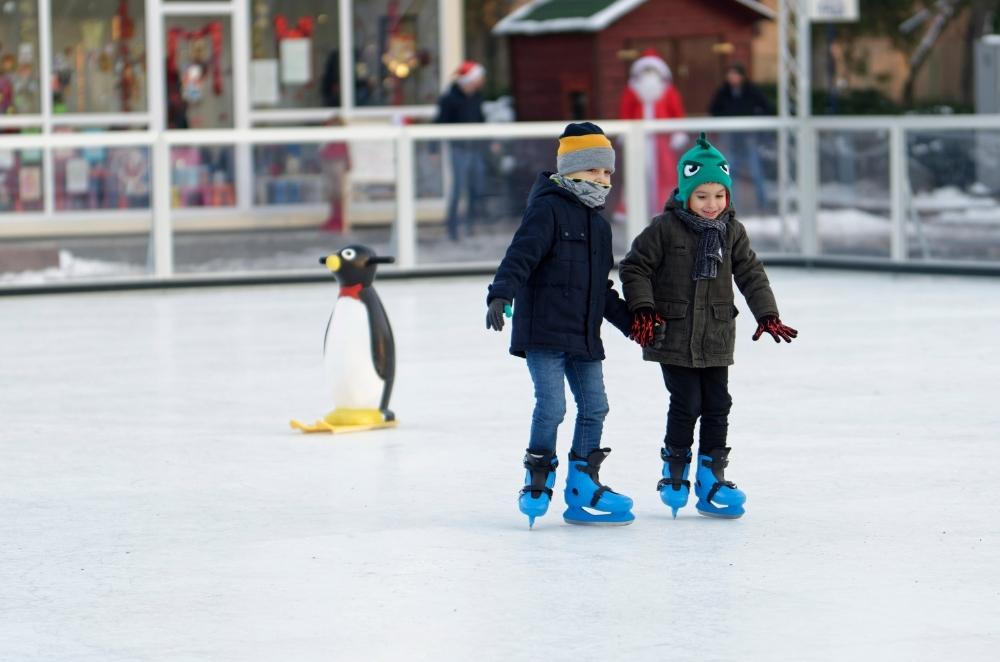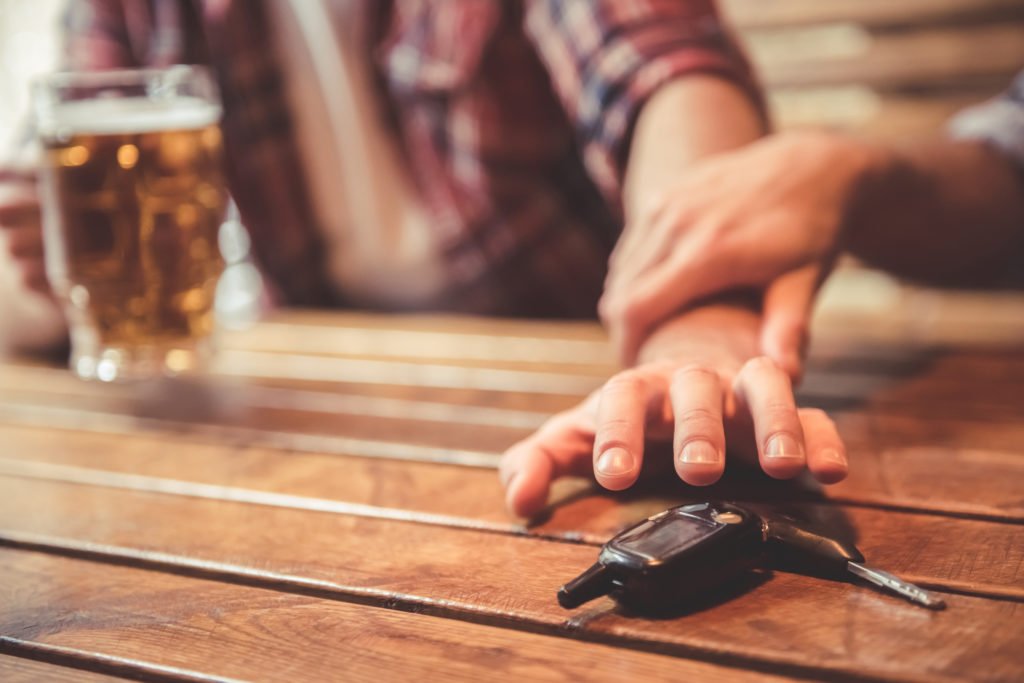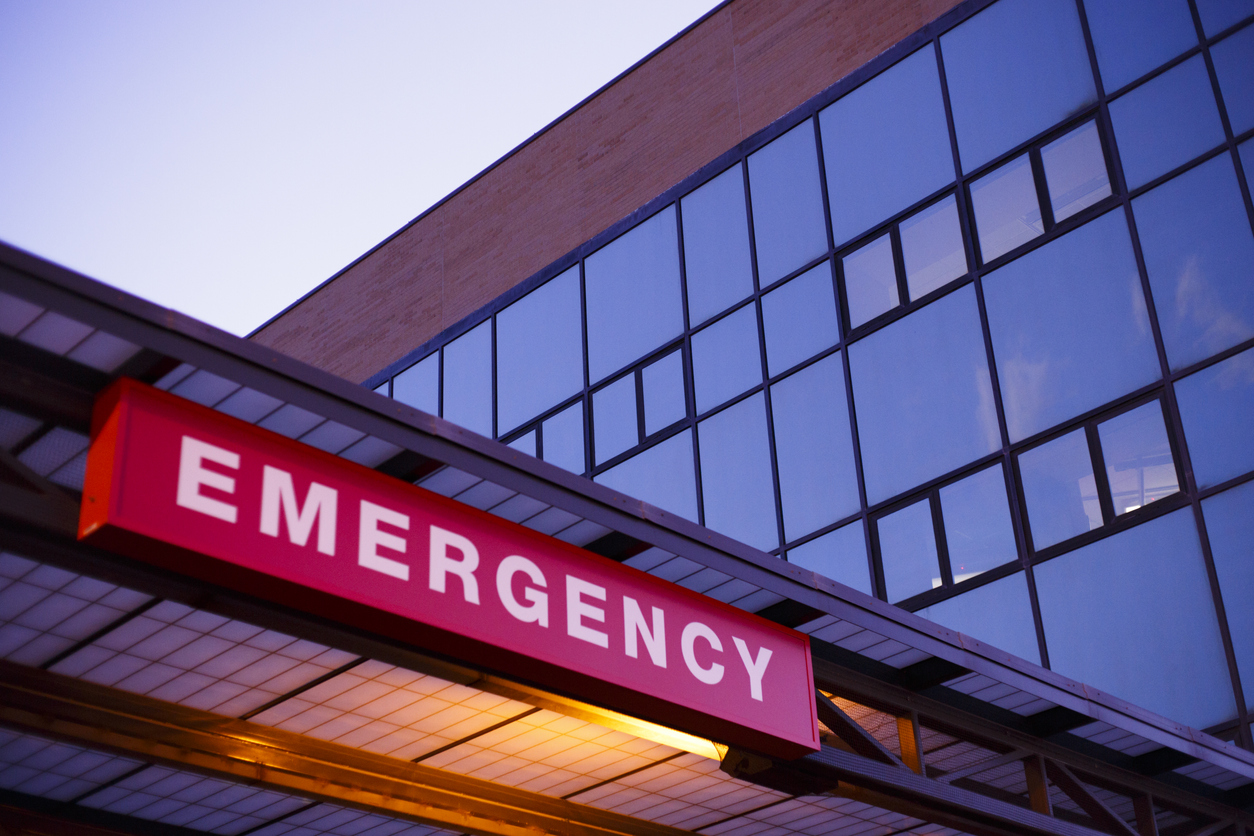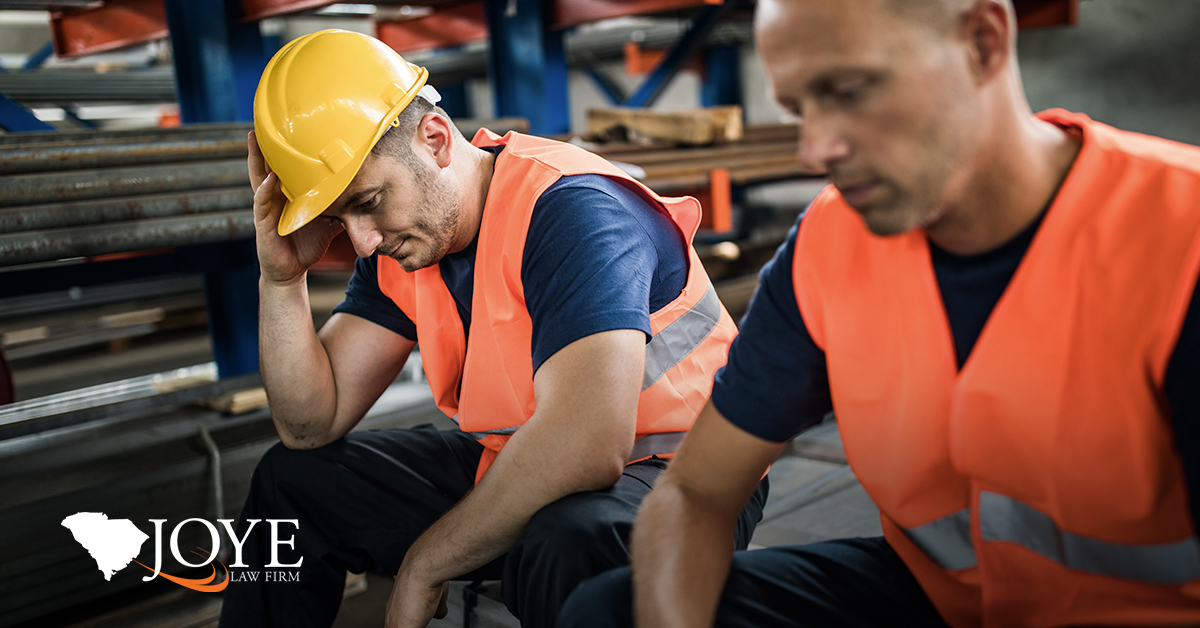
While Decembers in South Carolina may not get cold enough to go ice skating on the rivers and lakes, many people love to celebrate the winter holidays by visiting indoor ice-skating rinks.
But slipping and sliding on the ice isn’t just a silly gag in tv shows and movies. When you’ve never been on ice skates before, or even if you haven’t been in a while, it can be difficult to keep your feet under you, and easy to bump or crash into other skaters. And while the blades on your skates may not be as sharp as the ones in your kitchen, they are sharp enough to cause injury.
Some of the most common injuries from ice skating at indoor rinks come from falling and collisions with other skaters, and often include bruises, sprains, fractures, and head injuries.
In other words, ice skating can be dangerous! But it is also a fun activity, whether solo, with a date, or with your family, and is safe when you take the appropriate precautions.
Follow these tips for a safe and fun time at the rink this winter.
7 Tips to Avoid Injury
- Make sure your skates fit and the blades are sharp enough. Skates that are too big won’t give you enough ankle support, making it easier for you to lose your balance and fall, and can even put stress on your muscles and bones, making serious injury more likely. Skates that are too small can cause painful blisters, and prevent proper circulation in the feet. And while you may think dull blades are less dangerous, they actually make it harder to skate, and thus easier to fall.
- Wear safety gear! Many people don’t wear safety gear—such as helmets, knee pads, wrist pads, or elbow pads—like they should when ice skating. But if you’d wear them when roller blading or skateboarding, why wouldn’t you wear them when ice skating? Safety gear can make a huge difference in preventing injuries, especially concussions, after falls when ice skating.
- Practice falling. It will be easier to control your fall on solid ground than ice, so practice how to fall while protecting your head and keeping your limbs away your skates’ blades before getting on the ice. If possible, tuck your chin into your chest, and try to land on your butt rather than on your outstretched arms. But if you are falling forward and need to put your arms out to protect your face and head, keep your elbows slightly bent to reduce the risk of wrist injury.
- Stick to the basics. As impressive as it may be to see people performing tricks such as skating backward, spins, or jumps (even small bunny hops), don’t attempt these until you’ve mastered skating comfortably, which will usually take multiple visits to the rink. This also goes for games such as tag or other games likely to cause injury.
- Keep space between you and other skaters. Novice skaters will often instinctively grab the closet person to them to prevent a fall, but this often results in both skaters crashing to the ice. To avoid injuring others, and to avoid becoming victim to someone else’s fall, keep a safe distance between yourself and other skaters on the rink.
- If you fall, try to get up or out of the way as quickly as you can. Other skaters will have a harder time seeing you when you’re on the ground, and inexperienced skaters will likely have a difficult time stopping or moving out of the way before colliding with you. The easiest way to get up from a fall is from a kneeling position.
- Never let children skate unsupervised. Small children are at greater risk at ice rinks because they can be more easily knocked over and may not have as great a sense of balance as adults and teens. Make sure a capable adult who already knows how to skate is always nearby. Children should also skate to the outside of the rink where they can grab onto the handrail if necessary.
Was Your or Your Child’s Injury Due to Someone Else’s Negligence? Call Joye Law Firm Today.
While not all falls and injuries at an ice-skating rink are the fault of negligence, some are. And when you or someone you love is injured because of someone else, we want to help you hold the appropriate parties accountable for the harm they caused so you can get the money you need for your medical expenses and lost wages.
South Carolina law grants ice rink operators some immunity against personal injury lawsuits when injuries result from “the inherent risk of skating,” which often includes falls and collisions with other skaters. But when facilities break safety provisions such as exceeding occupant capacities, not removing hazards from the ice, or not posting enough supervisors for the number of skaters, rinks may be liable.
Our law firm provides free consultations to injured South Carolinians, so don’t hesitate to contact us today to learn if you have a claim after an ice rink injury or other accident.







































